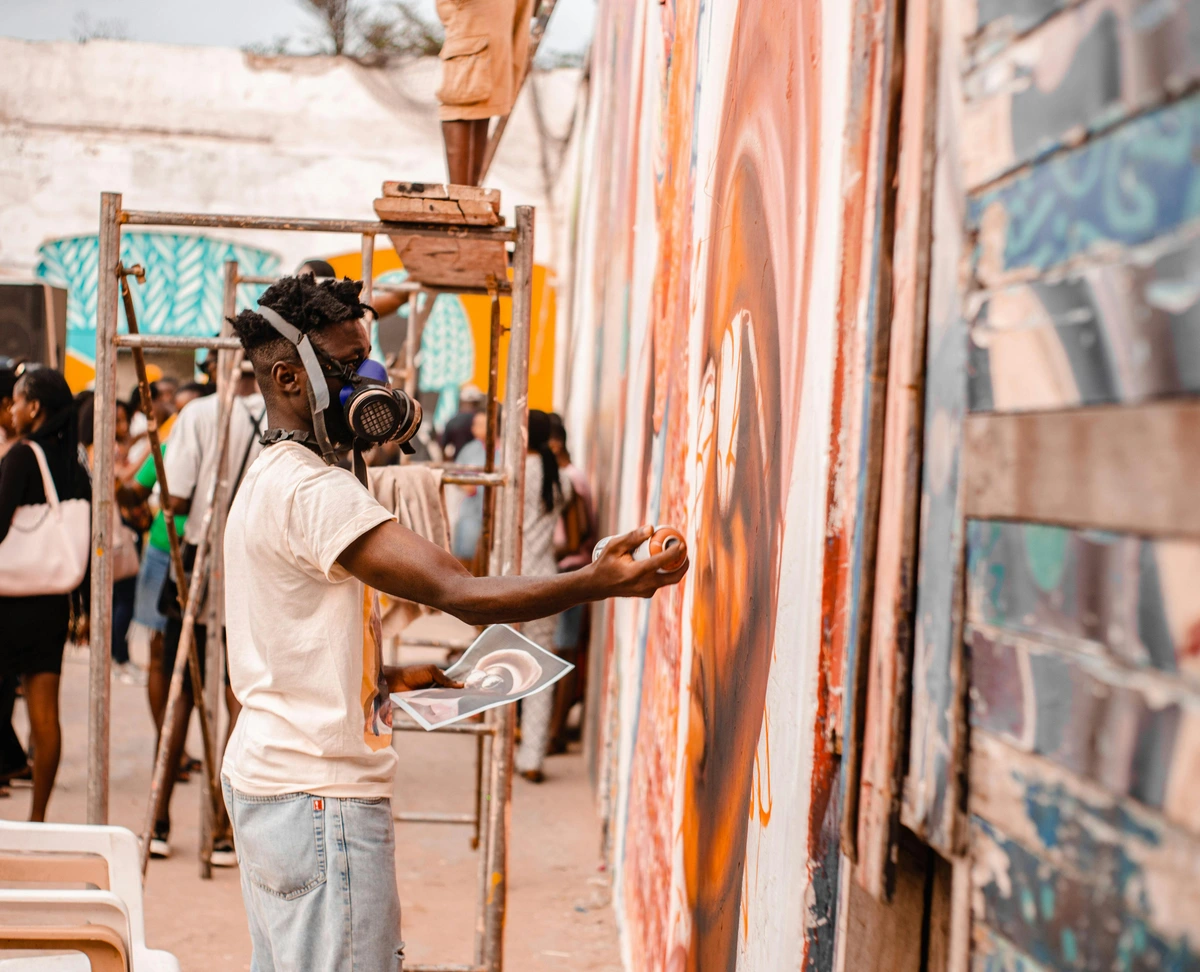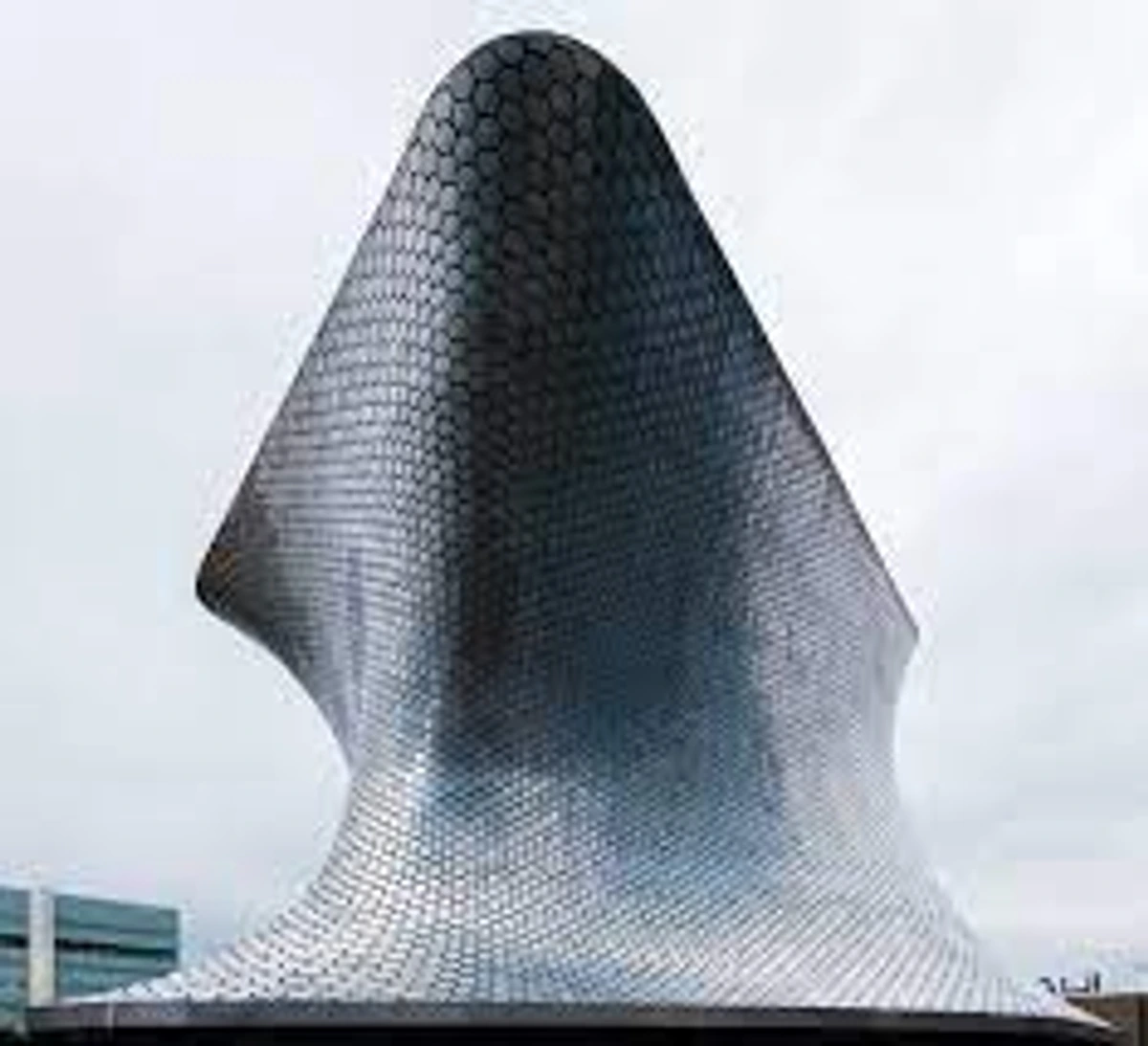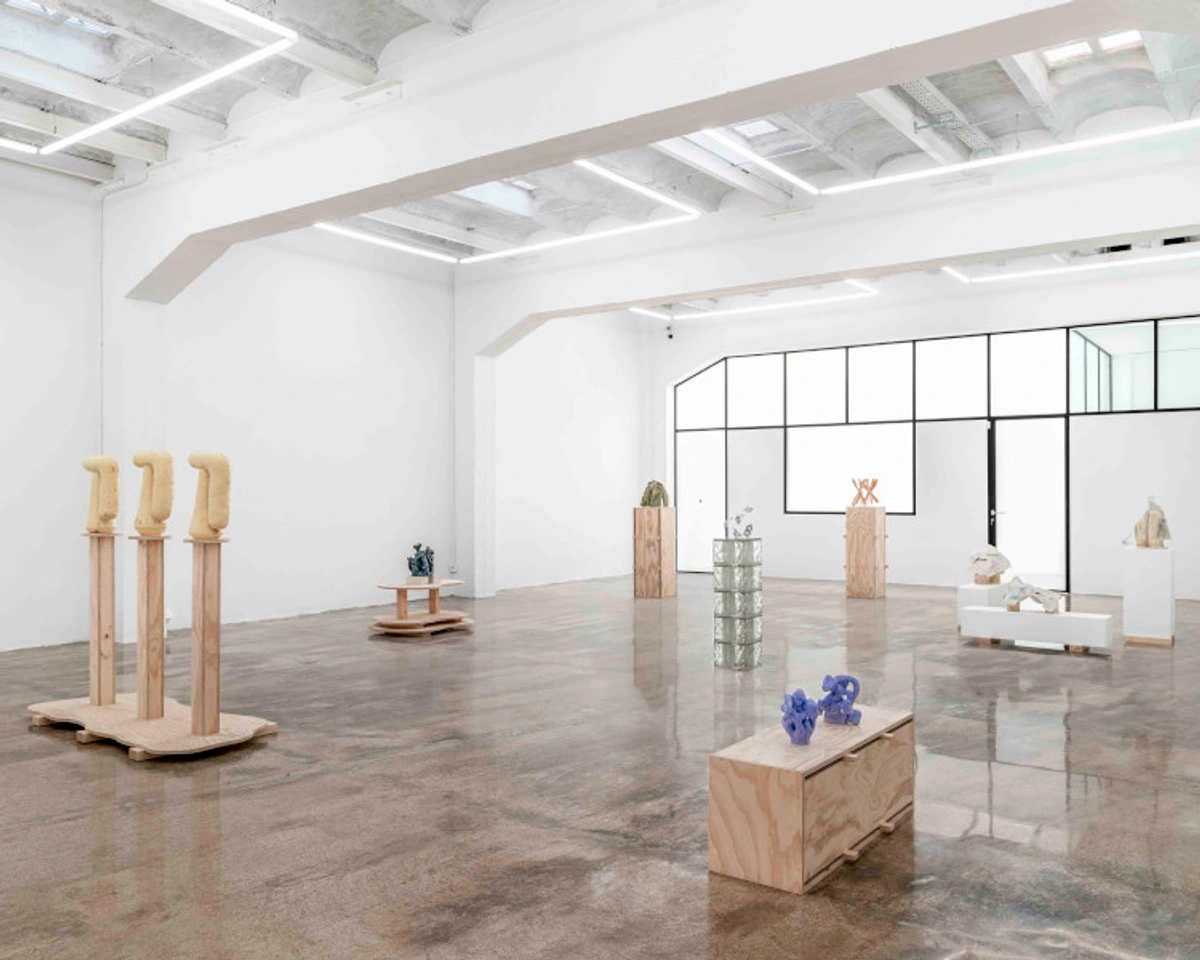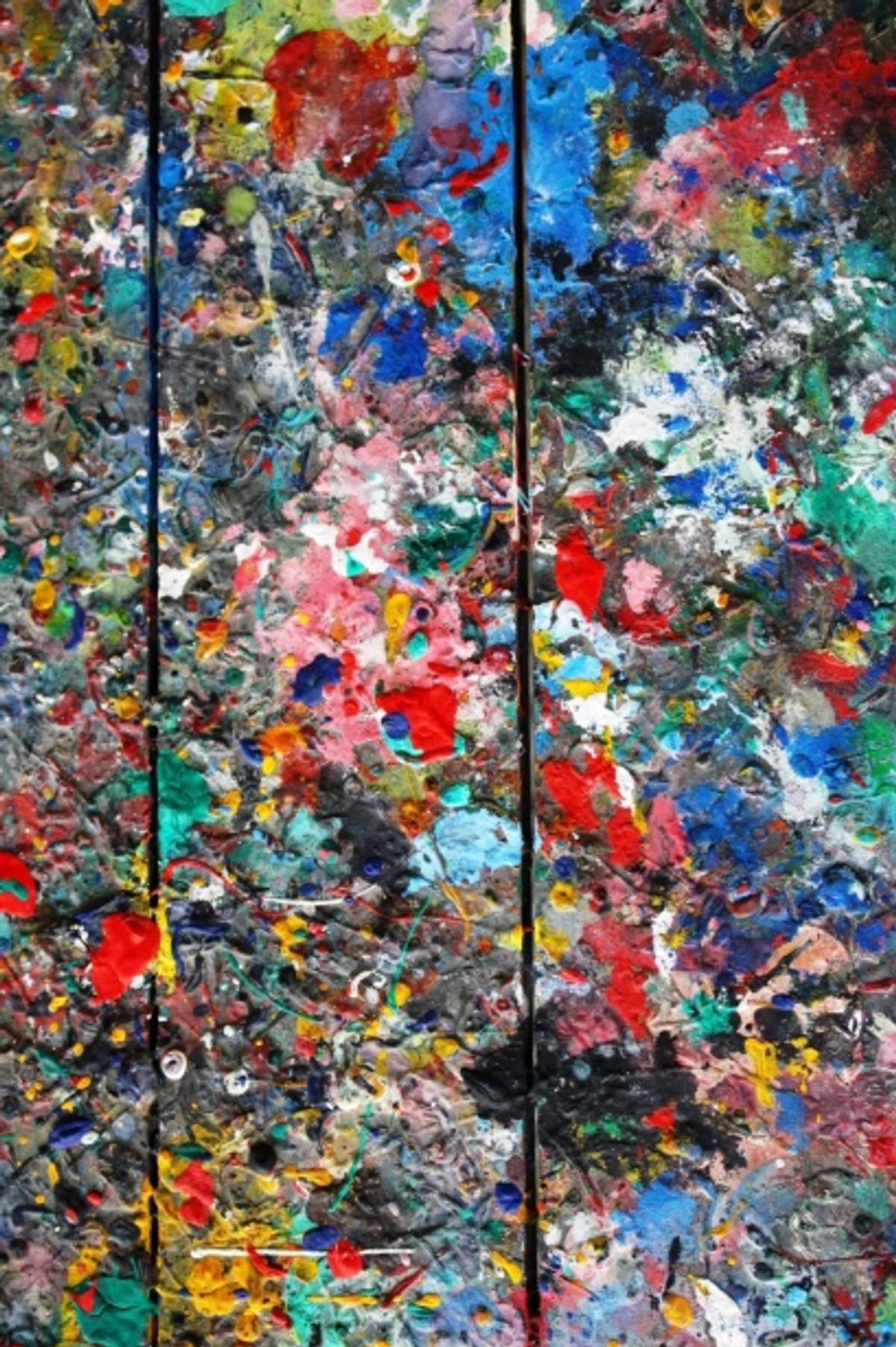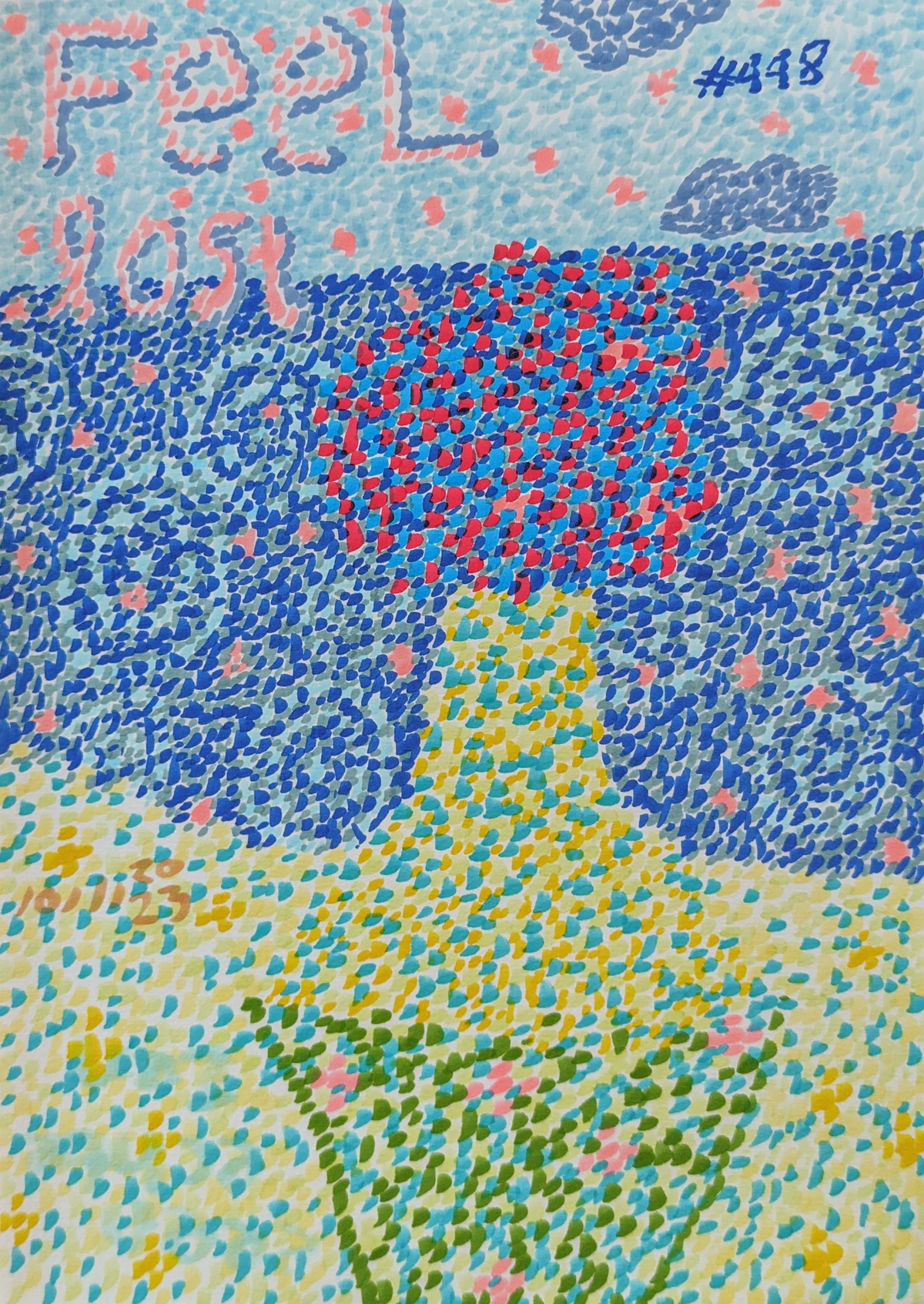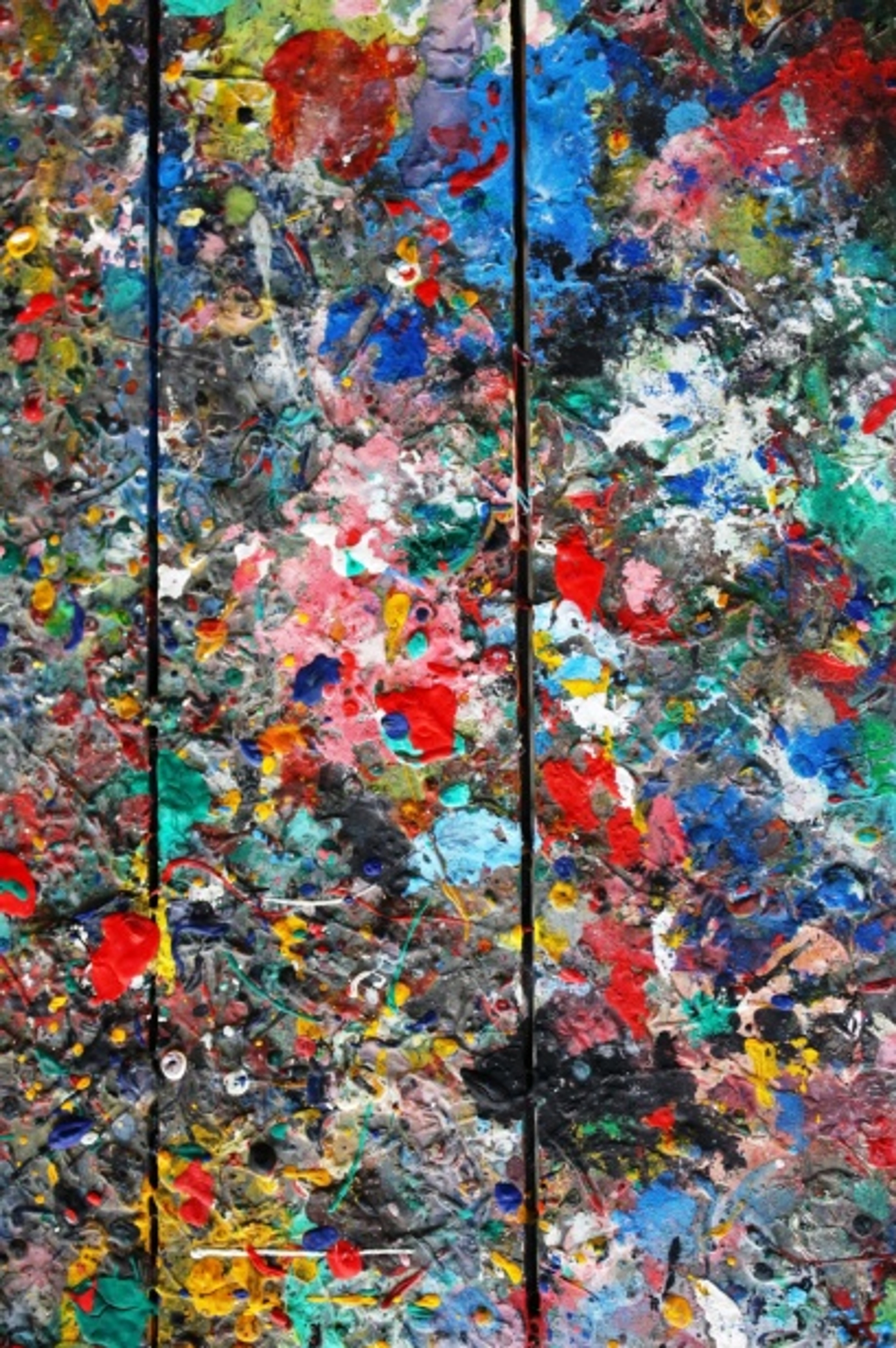
Mexico City Art Scene: An Artist's Guide to Murals, Museums & Modern Art
Join an artist's personal journey through Mexico City's vibrant art scene. Discover revolutionary murals, world-class museums like Casa Azul, dynamic independent galleries, and rich folk traditions. Get unique insights and practical tips for your own creative exploration.

